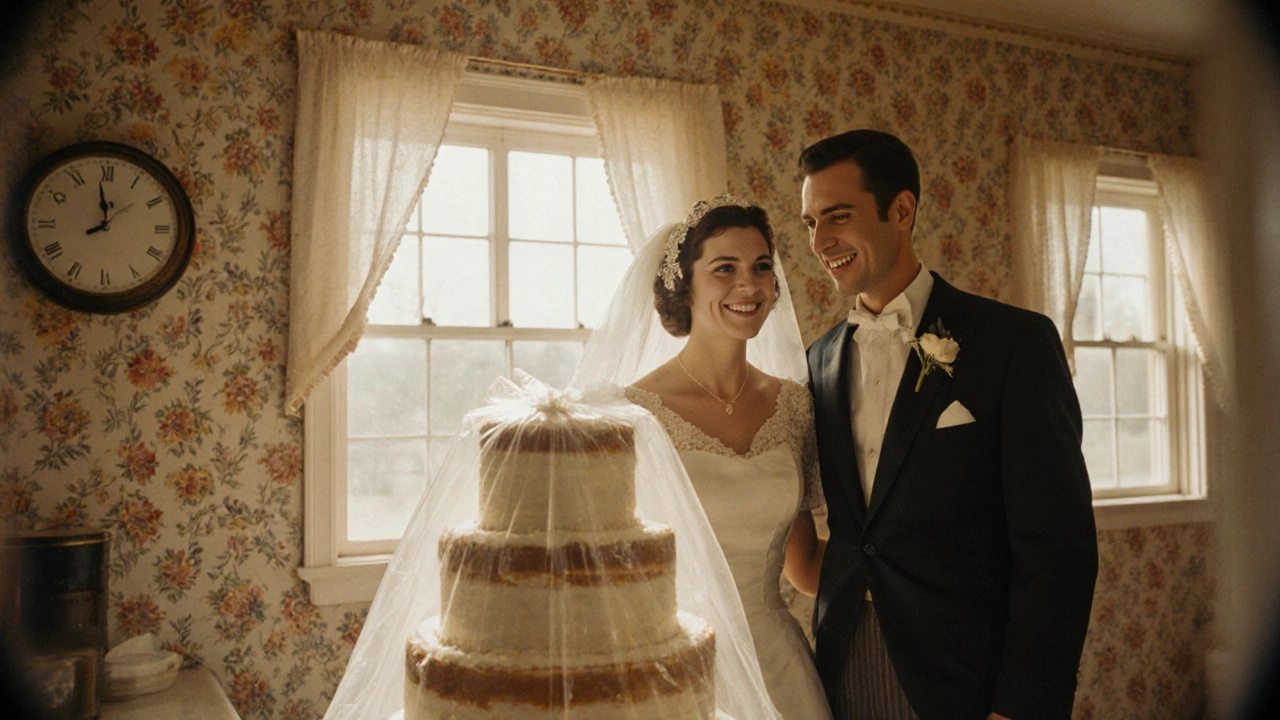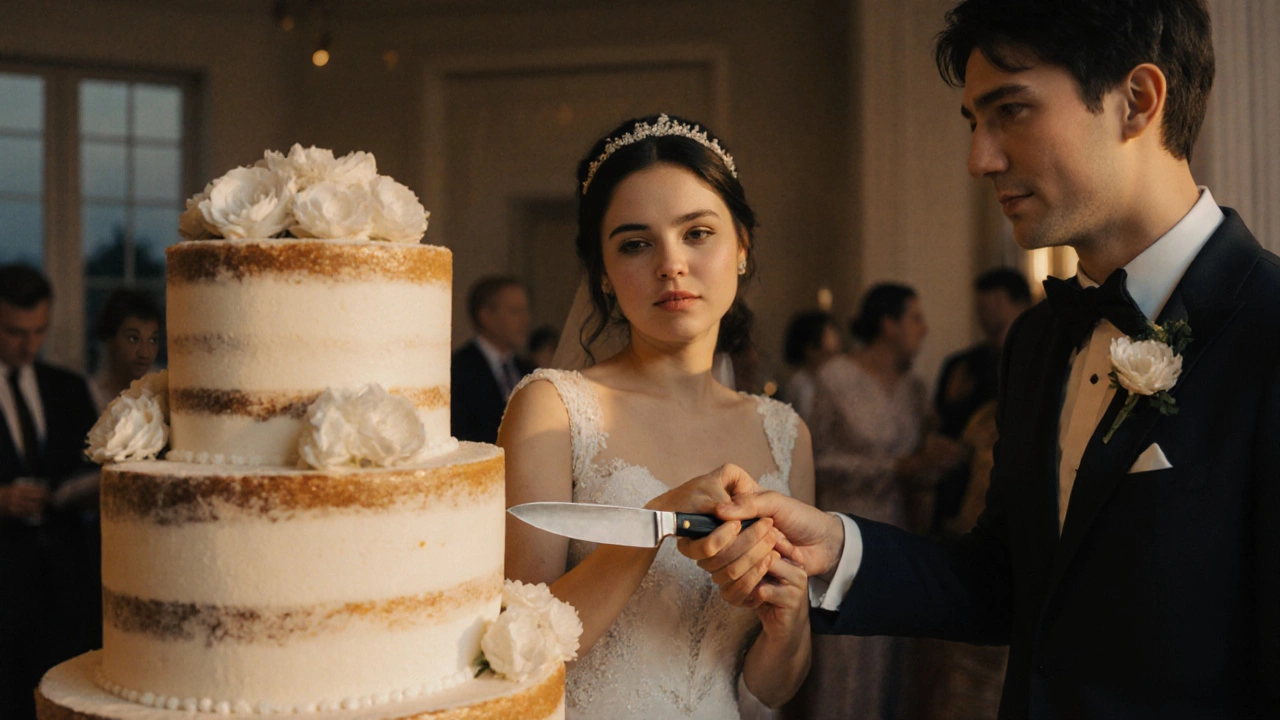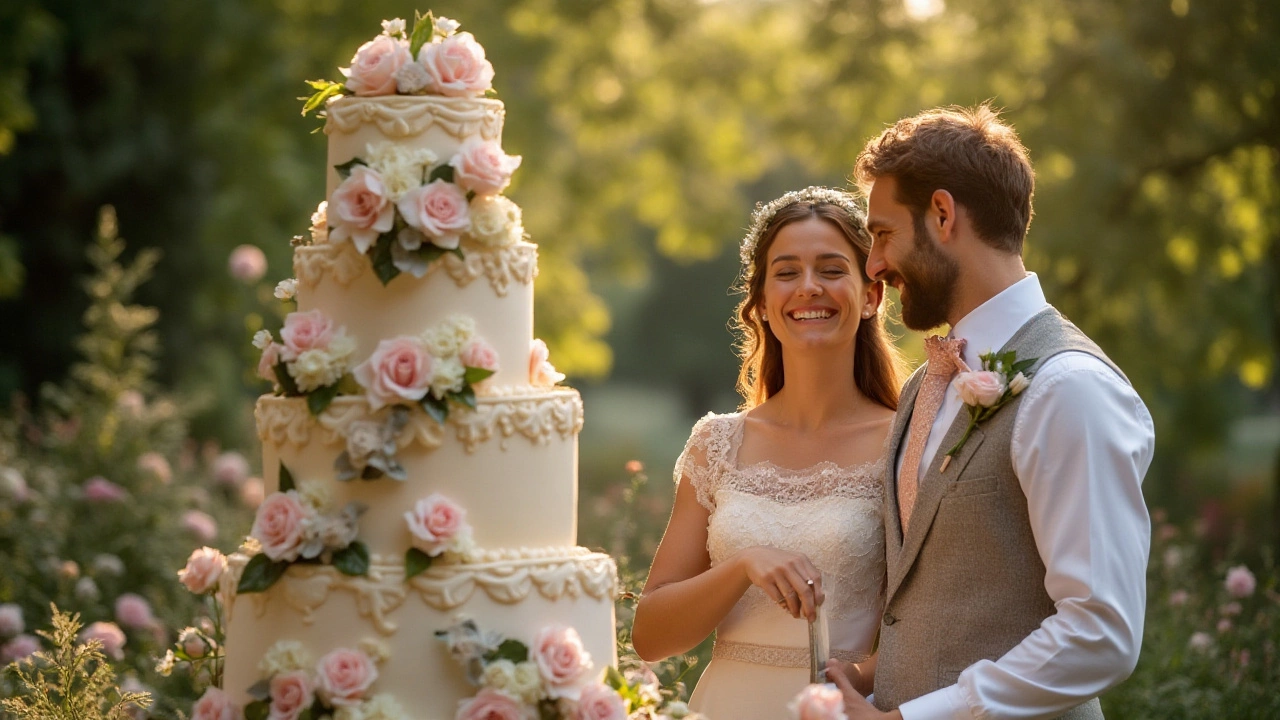Wedding Cake Traditions: History, Customs, and Modern Tips
When you picture a wedding, the cake usually takes center stage. But why do we cut a cake at all? The answer goes back centuries, and knowing the backstory can help you pick a cake that feels meaningful, not just pretty.
Where the Tradition Started
Ancient Romans offered a small loaf of bread called a libum to the gods during weddings. By the Middle Ages, couples shared a spiced gingerbread round to symbolize prosperity. The modern tiered cake we see today came from Victorian England, when bakers added layers to show wealth. Each layer originally meant a different part of the celebration – from the ceremony to the reception and even the after‑party.
These historic roots explain why many couples still follow old customs, like feeding each other a bite. It’s more than a cute moment; it’s a nod to centuries of shared sweetness.
Key Customs to Consider
1. Cutting the cake together. This shows the couple’s partnership. If you want a twist, try cutting the cake in a heart shape or having a guest of honor join you.
2. The cake stand. A high, decorative stand once displayed the bride’s wealth. Today, it’s a chance to showcase a design element – think vintage lace or modern geometric shapes.
3. Cake toppers. Traditional toppers featured the bride and groom in formal attire. Modern couples go for anything from cartoon characters to a simple “love” monogram.
When you decide which customs to keep, think about what feels true to you. You don’t have to follow every rule; pick the ones that add meaning.
Now that you know the backstory, here are practical steps to choose a cake that fits your day.
Set a realistic budget early. Cakes can range from a few hundred pounds to several thousand. Decide how much you’re comfortable spending before you start tasting.
Ask for samples. A good bakery will let you try two or three flavors. Pick a favorite and a backup – flavors can taste different after a long day.
Think about serving size. A typical three‑tier cake feeds about 70 guests. If you have more people, add a smaller sheet cake or cupcakes for extra servings.
Consider dietary needs. Gluten‑free, dairy‑free, or vegan options are common now. Let the baker know early so they can plan.
Pick a design that matches your venue. A rustic outdoor wedding might call for a naked cake with fresh flowers, while a ballroom affair could handle a sleek, fondant‑covered tier.
Don’t forget the practical side: how long will the cake sit before cutting? Some fillings need cooler temperatures. Talk to your caterer about timing so the cake stays fresh.
Finally, enjoy the process. The cake is a sweet highlight, but it’s also a chance to involve family or friends. Ask a loved one to help with decorating or to choose the cake topper – it turns a simple tradition into a personal memory.
Whether you embrace every old custom or create new ones, understanding wedding cake traditions gives you a solid foundation. Use that knowledge to pick a cake that looks great, tastes amazing, and tells your unique love story.
Are You Supposed to Eat Your Wedding Cake a Year Later?
Should you eat your wedding cake a year later? Learn what types of cake survive freezing, how to preserve it properly, and better alternatives to honor your anniversary without the disappointment.
Read moreWhat to Say When Cutting a Wedding Cake: Traditional Lines and Real-Life Ideas
What to say when cutting a wedding cake? Learn traditional phrases, real-life examples, and what to avoid. Make this moment meaningful without overthinking it.
Read moreExploring Wedding Cake Superstitions: Traditions and Beliefs
Wedding cakes are laden with rich history and tradition, holding special significance beyond their delicious taste and elegant design. Over time, various superstitions have emerged surrounding wedding cakes, from the belief in good fortune through cake crumbs to the omen of cutting the first slice. This article delves into these fascinating customs, offering insights into how couples can incorporate them into their ceremonies. Understanding the origins of these superstitions can make the cake-cutting moment even more meaningful.
Read more

